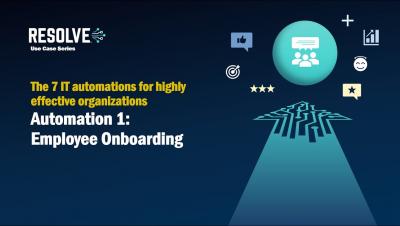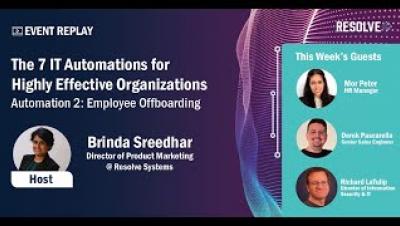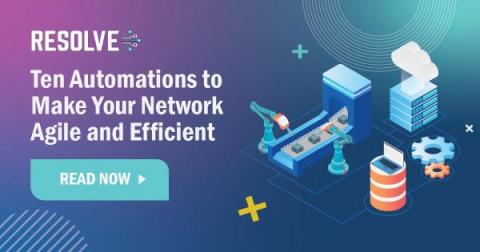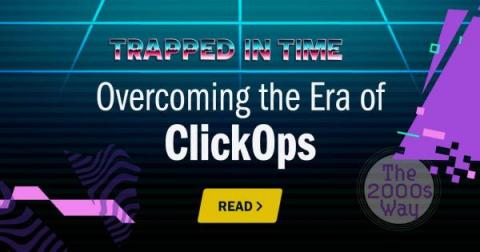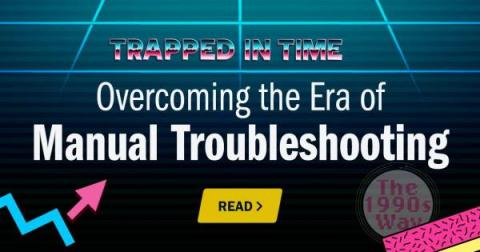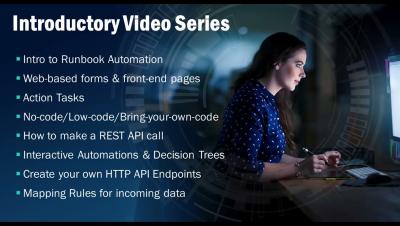Operations | Monitoring | ITSM | DevOps | Cloud
Resolve
7 IT Automations for Highly Effective Organizations: Employee Offboarding
Drinking Our Own Champagne: IT Automation Meets Marketing Automation
Operations management—whether IT, business, sales, marketing, etc.—has four essential main objectives: And in any industry, those objectives are driven by the most important goal, which is to generate revenue for the organization. While every single task or implementation may not directly impact revenue, the outcome of small improvements over time can be substantial. After a Google search for motivational quotes, I stumbled on James Clear’s “power of tiny gains” concept.
Ten Automations to Make Your Network Agile and Efficient
Even in the most structured environments with clear operational strategies, complexity build-up in infrastructure and operations is unavoidable as businesses grow. To help these environments thrive in a consistent, reliable way, it’s vital to optimize the IT function: the backbone that supports every business application and ensures service excellence across all other functions. Automating operations is the only way for IT to scale and support today’s business demands.
Just Stick to the Script?
Have you ever patched your servers using scripts only to realize that you missed another script for pre-update configuration compliance that had to run beforehand? Most IT organizations start with scripting simple, repetitive tasks in either Python, PowerShell, or Perl to help provide the quickest ROI. Common pain points solved for are creating user accounts, installing patches, software, and provisioning resources such as virtual machines (VMs), etc.
Getting Out of the 2000s Era of ClickOps
In a world where everyone across the enterprise requires the network, the Infrastructure & Operations (I&O) team has a lot on their plate. Business units, departments, and even individual employees often need to spin up new network resources in order to do their work, take advantage of new business opportunities, and focus on innovation. As the gatekeepers of the network, it’s up to the I&O team to facilitate these connections.
Getting Out of the 1990s Era of Manual Troubleshooting
Because today’s businesses rely on their network like never before, the network needs to be available at all times to provide the connectivity required by remote workers, cloud applications, and automated systems. As the network has become critical to everyday operations, network troubleshooting has evolved from being a mundane task to one of the core functions of the Infrastructure & Operations (I&O) department.


